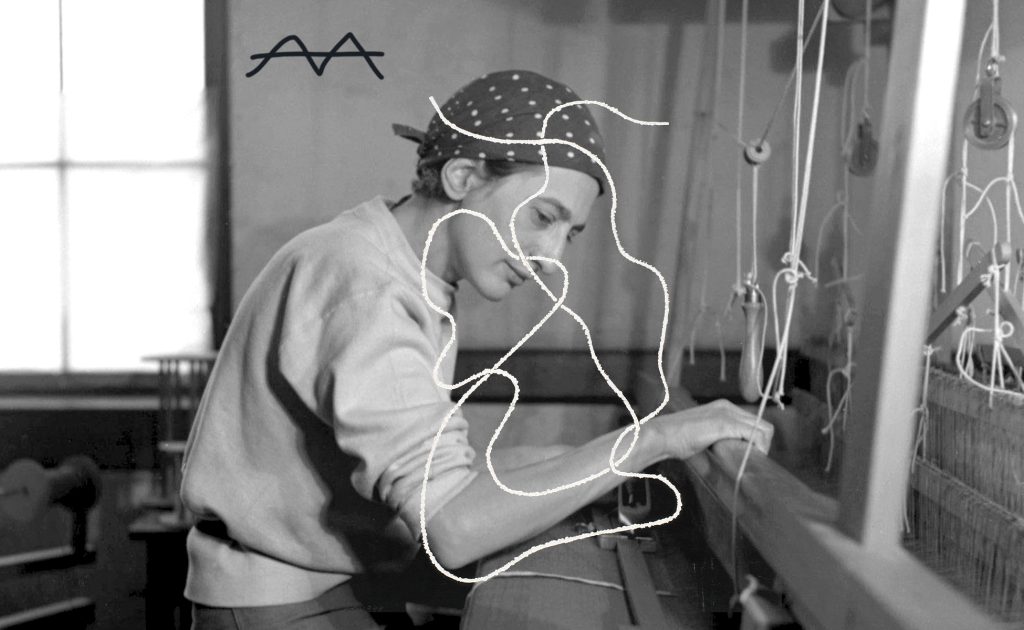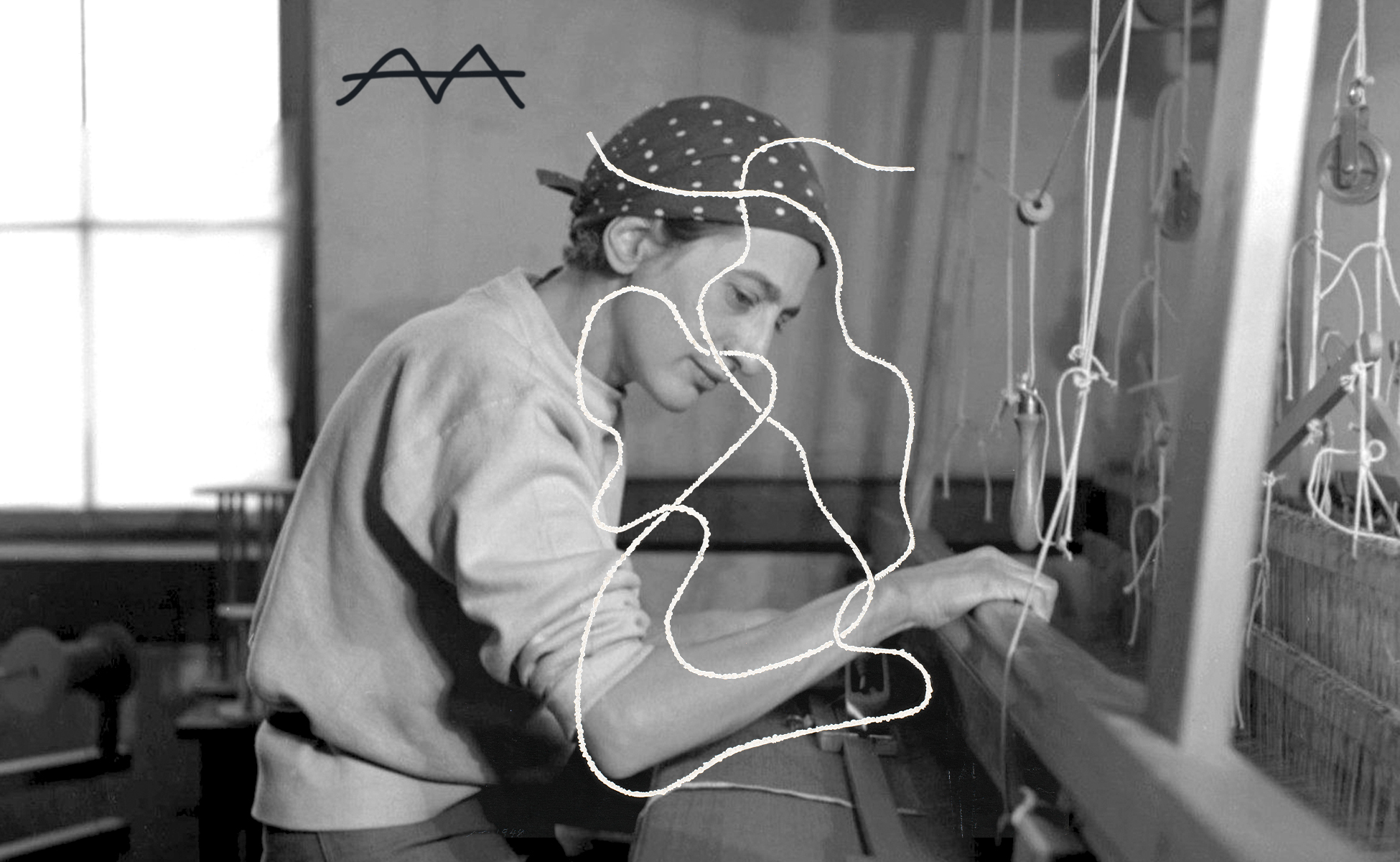
The Renowned Weavers of Black Mountain College

### Exploring *Weaving at Black Mountain College*: A Look at Anni Albers, Trude Guermonprez, and Their Lasting Legacy
Over the past few years, exhibitions highlighting modern and contemporary weaving have been captivating audiences across the United States. Premier institutions such as MoMA PS1 (New York City) and the Portland Museum of Art (Maine) have featured modern-day weavers like Melissa Cody and Jeremy Frey, respectively, aiming to bring new appreciation to an ancient craft. Notable institutions like the Metropolitan Museum of Art and the National Gallery of Art have also taken weaving into broader contexts, marrying the ancient art form with modern abstraction in innovative ways. Yet, amidst this weaving renaissance, past trailblazers in the field often have their stories untold. One such story, chronicled in *Weaving at Black Mountain College: Anni Albers, Trude Guermonprez, and Their Students* (2023), revisits a lesser-known, yet profoundly impactful, chapter in textile history.
This enlightening book, co-authored by Michael Beggs and Julie J. Thomson, delves deeply into the weaving program at the now-legendary Black Mountain College, a small liberal arts school nestled in the mountains of North Carolina that operated from 1933 to 1957. Beyond just a mere catalog, the book draws from previously unpublished archival materials to construct an immersive narrative about how one of the most experimental college programs of the 20th century nurtured a generation of creative weavers and textile artists.
### Black Mountain College: A Beacon of Free-Thinking and Interdisciplinary Learning
In the annals of educational history, Black Mountain College is celebrated for its free-spirited, interdisciplinary approach to learning. Founded during the Great Depression, the college embraced a philosophy rooted in autonomy and collaboration, integrating philosophy, arts, crafts, and sciences in ways most traditional institutions of the time did not.
Thanks to the influx of exiled European artists fleeing political turmoil in Germany, the college eventually became a powerhouse of Modernist expression. The influential Bauhaus school — a European center for modernist design and education — had been forced to close its doors by the Nazis in the early 1930s. Among those displaced were two key figures in the rise of Black Mountain’s weaving program, Anni and Josef Albers.
### Anni Albers: A Revolutionary Approach to Weaving
Anni Albers, a pioneering figure in the world of weaving, was head of the Bauhaus weaving workshop before arriving at Black Mountain College, accompanying her husband Josef who had been hired as an art teacher. While Josef lectured, Anni gradually began to develop what became a revolutionary weaving program. Stepping beyond the traditionally marginalized status assigned to weaving within the fine arts, Albers elevated the craft into an intellectual and experimental pursuit, harmonizing the practical and the artistic.
In her classes, Albers encouraged students to think deeply about materials, texture, and form, all while imbuing them with practical weaving skills. More than just technical expertise, she emphasized independence of thought and the capacity to understand the material world through one’s own handiwork. This philosophical approach underpinned by Modernism soon became the cornerstone of her educational approach.
Her pedagogic philosophy is laid out clearly in her originally published essays, now included in *Weaving at Black Mountain College*. In one of the featured essays, *Work With Material* (from the 1938 *Black Mountain College Bulletin 5*), Albers speaks to a kind of creative transcendence, proclaiming that weaving could serve as a meditative antidote to the alienating anxieties of modern life.
### Trude Guermonprez: A Powerhouse in Her Own Right
While Anni Albers laid the foundation, another name stands prominently in the history of Black Mountain’s weaving program: Trude Guermonprez. A German artist who had studied bookbinding and weaving, Guermonprez brought her own expertise and vision when she joined the Black Mountain faculty next to Albers, later contributing to the program’s lasting success.
Guermonprez’s influence extended beyond Black Mountain, however. She later taught at the California College of Arts and Crafts, where her pedagogic influence reached future weaving luminaries like Kay Sekimachi. In the book, Sekimachi recollects Guermonprez urging students to engage with materials sensorially — not only by seeing and touching, but by expanding their relationship to materials beyond the visual. This uniquely tactile approach to textile design echoes Anni Albers’s instruction, and together, their legacies solidified weaving’s place within the fine arts.
### The Impact of the Weaving Program: A Complex Legacy
Despite Black Mountain College’s relatively short lifespan, its weaving program left an indelible mark on many of its students — some of whose names continue to resonate today. Heidi, New York-based